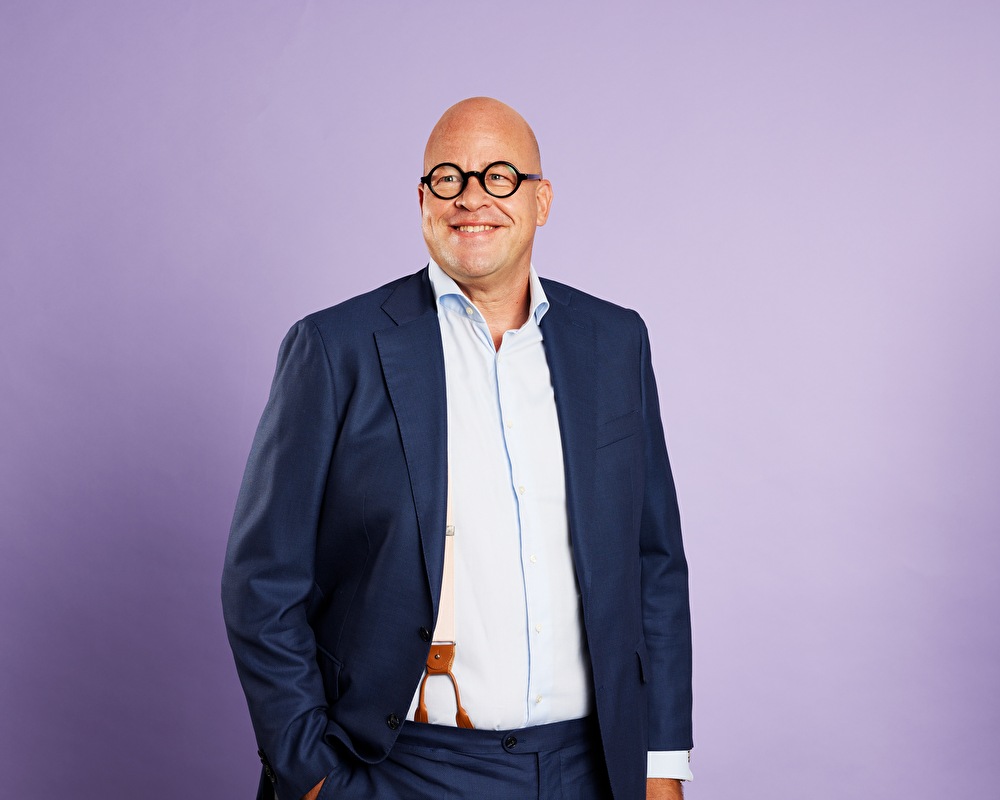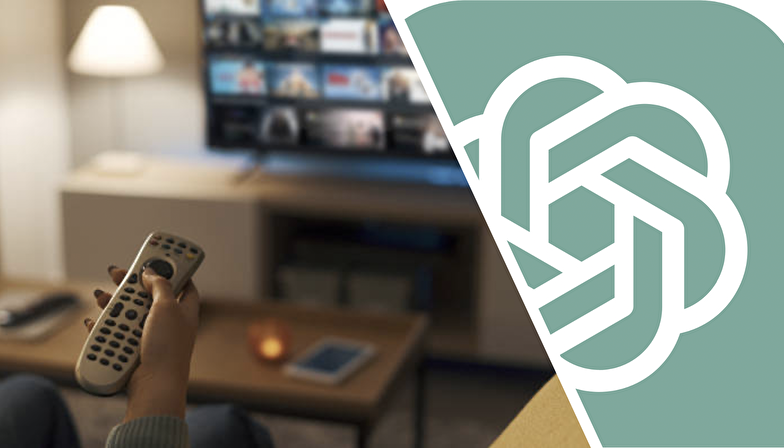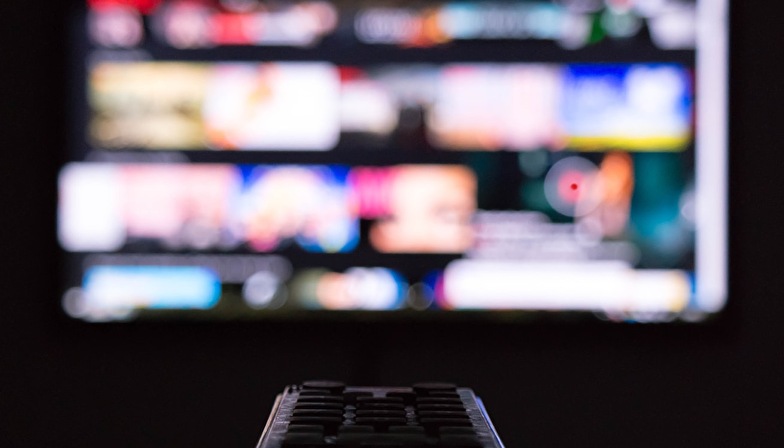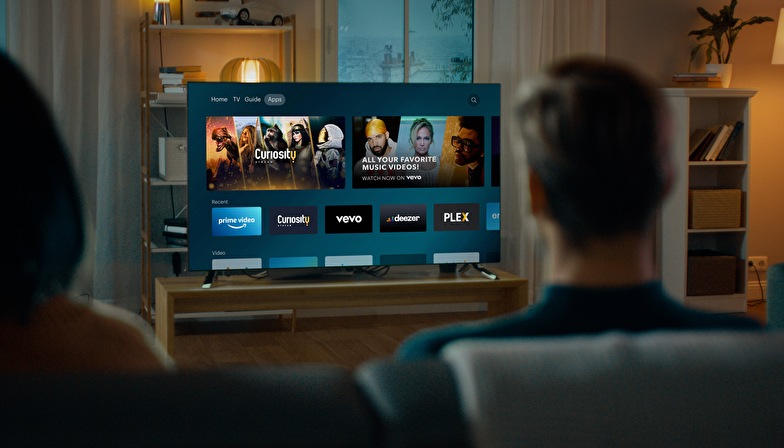The future of online TV: Five insights
The world of TV is shifting. Streaming services have changed the way we watch TV and how we consume content. Thijs Bijleveld, Executive Director and Head of Sales & Business Development EMEA & APAC at Metrological, sat down with Scott Lorson, CEO of Fetch TV, Euan Smith, CEO of Astro TV, and Vivek Couto, Executive Director of Media Partners Asia, to explore how TV operators that served audiences well in the legacy pay TV world, can now do so in the online world, to become super aggregators. We share five insights from the VIP Industry Briefing Session: The Future of Online Television.
1. Partner to reach your goals
Consumer expectations are becoming higher and higher when it comes to content and user experience. They want to have access to the content they want to watch, whenever they want to watch, in an easy and convenient way. And with the large pool of streaming providers out there, time-to-market for TV operators is crucial, if you want to keep them engaged with your TV platform.
“We are struggling, like everyone else, on the question of app velocity. The speed at which we can integrate the long tail of apps. There are a lot of Tier 2 apps that are fantastic. Our choice is to resource up and that drives a lot of overhead into our business. So, we went looking for someone we could partner with to provide that app store functionality,” said Scott Lorson of Fetch TV.
To live up to the consumer expectations, the best solution is to bundle forces to seamlessly integrate live TV and OTT content into one platform. By partnering with a company that provides the technology, knowledge, resources, and content, everyone will benefit: the TV operator, content provider, and the TV viewer.
Thijs Bijleveld explained: “At Metrological we create a cooperation in the market. We are building across operator platforms.” With the open-source LightningTM Software Development Kit (SDK), content providers can develop their app once and run it across operator networks, while the TV operator benefits from pre-integrated TV apps available in the Metrological App Library.
“We simply don’t have the bandwidth to do native integrations of the many proliferations of apps that are now entering our marketplace. The simplest place to not divert huge amounts of engineering resources is to partner with a platform such as Metrological’s, that allows you to do it all in a simple way, and let you retain control.” - Euan Smith, CEO of Astro TV
2. The technology should work
Now you might think this is obvious. But, bringing OTT to TV comes with an interesting challenge. Putting a high-performant app on a PC with a big chip in it is something entirely different than making it work on a ten-year-old set-top box. Onboarding apps on an embedded device like a set-top box can be challenging, especially when the device is old and memory constrained. The technology should work, even on those legacy boxes.
“We see both the content providers, as well as the operators, striving for a way to get the content to the consumer. We see a lot of integration efforts, because it is very specific: on a PC you can run a website, launch a URL, and it works, because it is all unified and standardized. On a set-top box environment that all looks a bit different. Either because the set-top box is old and constrained, or we all use different client technologies,” said Thijs Bijleveld of Metrological.
On the content provider side, the technology should be such that the integration of apps isn’t device specific. Content providers don’t have the time, nor the budget, to develop specific app versions for every individual operator, with specific requirements to integrate on their devices. That also ties back to the consumer, who simply doesn’t want to wait forever to watch the content they desire.
3. Own HDMI 1
The TV viewer generally doesn’t care about the technology; they just want to get access to their favorite content in the easiest way possible -- without the frustration of having multiple remote controls, streaming devices, and switching between HDMIs. You can own the customer relationship, or in other words, own HDMI 1, by seamlessly integrating the OTT services and TV apps the TV viewer wants, together in one platform with your live TV offering. The TV viewer then enjoys the most ultimate user experience: all their content behind one remote and device, easy to find with search and discovery options, and with a single bill from their trusted TV operator for all their streaming subscriptions.
4. User data for your future content
The game of OTT is much more dynamic than linear, or even on-demand content. When offering OTT services and TV apps to your customers, you want to get real-time insights on the use of apps and your customers' viewing habits. This user data is key to a successful content and content monetization strategy. It is the base for targeted advertisement and machine learning capabilities, like search and discovery, and exactly what you need to optimize your OTT offering and the user experience of your TV product.
5. Become a super aggregator
Last but not least: content is king. To make sure the TV viewer stays engaged with your platform, you must own their demand and make OTT a part of your ecosystem. Next to the most popular OTT services, niche and localized TV apps are a must-have for your TV application platform. You need to become a super aggregator.
Compare it to grocery shopping. A supermarket provides you all the groceries you could need: bread, vegetables, candy, and drinks, but also newspapers, flowers, and infant formula. Being a one-stop-shop prevents you from going somewhere else. Plus, it is convenient and easy for you as the consumer, finding all you need in one place. Not all your customers have the same content wishes, not to mention ever-changing content needs. That's exactly why it is so important to provide not only the “premiums” in your TV app store, but also niche content, like a local weather, music, fishing, or chess app. Otherwise, your customer will go “shopping” somewhere else.
“The job has not changed,” said Euan Smith of Astro. “Our job is still to aggregate the best content from wherever it is coming from. The fact that it used to be, go back 20 years, how do we offer BBC and ITV, today it’s how do we offer the OTT and SVOD players and bring them into an integrated experience inside the Astro platform.”
A glimpse into the future
So, what is the future of online TV? We will see current trends continue to expand, but all are circling around simplifying and optimizing the user experience. In the next ten years, even more content will be created with the abounding data available. Highly personalized, niche content will be delivered straight to consumers who really want to watch it, and the frustrations of multiple devices, remotes and apps will be untangled.
Want to start working on your TV product's future?
At Metrological, we can help you own the future. We are happy to tell you more about the many possibilities our TV Application Platform has to offer.
Let's meet


